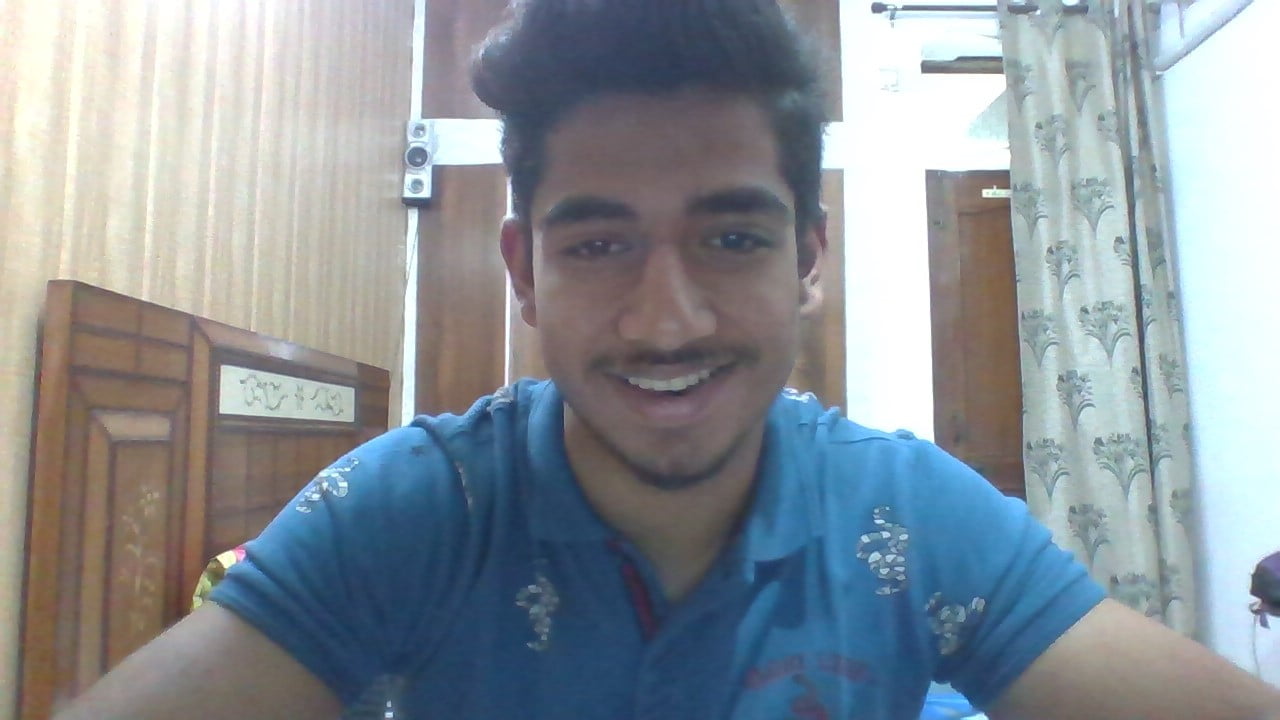
New Delhi:
The Union Cabinet on Wednesday accepted the recommendations of a high-level committee for holding simultaneous elections to the Lok Sabha, state assemblies and local bodies in a phased manner after a nationwide consensus building exercise.
A look at the developments so far in this regard:
- In India, simultaneous elections for the Lok Sabha and state assemblies were held in 1951–52, 1957, 1962 and 1967.
- The first general elections under the new Constitution were held between October 1951 and May 1952, in which the President and Vice-President, members of the Lower and Upper Houses at the Centre and the States were elected under a three-stage process.
- The second general election to the Lok Sabha and state assemblies was held in March 1957. To hold simultaneous elections to the Lok Sabha and state assemblies, the assemblies of Bihar, Bombay, Madras, Mysore, Punjab, Uttar Pradesh and West Bengal were dissolved before the completion of their terms in consultation with political parties and state governments.
- With the passage of time, the system of holding simultaneous elections came to an end. This happened because the tenure of the Lok Sabha and state assemblies was not for a fixed period, but for a maximum of five years. Between 1961 and 1970, elections were held three times in five states – Bihar, Kerala, Punjab, Uttar Pradesh and West Bengal.
- The situation worsened in the next decade (1971-1980), when elections were held three times in 14 states. Odisha held elections four times in this decade.
- In the decade that followed (1981-1990), elections were held three times in five states. From 1991 to 2000, elections were held three times in two states and four Lok Sabha elections were held.
- Several reports have come out from time to time on holding simultaneous elections. In its first annual report in 1983, the Election Commission had advocated the idea of holding simultaneous elections for the Lok Sabha and state assemblies.
- In 2002, the National Commission to Review the Working of the Constitution pointed out the disadvantages of separate elections and called for reintroduction of simultaneous elections.
- The Law Commission studied various issues related to the conduct of elections and recommended holding simultaneous elections in its reports of 1999, 2015 and 2018.
- The Law Commission in its 170th report in 1999 noted that the prevalent practice of holding simultaneous elections to the Lok Sabha and state assemblies prior to 1967 had been disrupted due to various factors. The Law Commission Report (Draft), 2018 reiterated the importance and advantages of holding simultaneous elections.
- The Department-related Parliamentary Standing Committee on Personnel, Public Grievances, Law and Justice studied in detail the issues involved in holding elections in 2015 and recommended an alternative and practical method of holding simultaneous elections in two phases.
- In January 2017, NITI Aayog prepared a working paper titled “Analysis of Simultaneous Elections: What, Why and How”, which explored the possibility of holding simultaneous elections for the Lok Sabha and state assemblies.
- In 2019, an all-party meeting was held in Delhi in which 19 political parties participated to discuss important reforms in governance. One of the topics of discussion was holding simultaneous elections.
Thank you for taking the time to read this article! I hope you found the information insightful and helpful. If you enjoyed this type of content, please consider subscribing to our newsletter or joining our community. We’d love to have you! Feel free to share this article with your friends and family, who might also find it interesting.

Kanishk Singh has always had a keen interest in fast-paced cars. For the past three years, he has been writing about automobiles, but his fascination with cars dates back even further. He thoroughly enjoys learning about their features and expressing his thoughts through his writing. Kanishk also has a profound interest in the stock market, shares, and business strategies. He possesses a wealth of knowledge on these subjects and consistently writes articles on them. Currently, he is working as a writer for Lattestnews24, specifically focusing on the Automobile, Finance, and Business categories. His well-crafted words are highly appreciated by the readers, as they find them both informative and creative.
